Acne affects millions of people in the US, and is the most common reason to seek medical attention from a Dermatologist. Billions of dollars are spent on medications to control the disease, both over the counter and prescription. Medications have potential side effects, and compliance is difficult. Even with aggressive medical therapy, acne can be difficult to control, which leads to frustration by patients, parents, and physicians. With prolonged cases of acne, scarring can set in, creating an even more difficult problem to treat.
It’s the early teen years, as one is experiencing puberty, when acne usually starts. This period coincides with high school, selfies, and an interest in dating. Acne can negatively impact social interactions and lead to depression, moodiness, negative self-worth, and isolation. Controlling acne is a top priority for large number of teenagers in the US.
A cascade of events leads to acne:
- A trigger: hormonal, emotional, stress, metabolic
- Increased sebum (oil) production from sebaceous glands
- Plugging of the follicles by the sebum
- Infection of the sebum by bacteria
- Inflammation related to the infection/immune response
Treating acne with lasers is not a new concept, but the Aerolase has made the process more effective and safer. Even the wavelength, 1064nm YAG laser, is not novel to the Aerolase. However, having a pulse width of 650 microseconds is unique. The Aerolase sits in the middle of the prior lasers used to treat acne, the Q Switched (nanosecond) and the Excel V/VBeam (millisecond). It has been shown that this pulse width is better tolerated than faster and slower lasers, and therefore more pulses and even stacking can occur. Deeper and more broadly-based heating occurs with the Aerolase. With the increased heating of the acne, the laser becomes more effective in its eradication. The 1064 wavelength is safe for all skin types, but settings are reduced for the darker skin patients. The Aerolase laser treats acne by:
- Heating up and shrinking the sebaceous glands leading to lower sebum output
- Killing the acne bacteria
- Reducing the redness associated with the acne
- Improving early scarring
- Reducing the inflammatory component of acne
Typically, a series of treatments are needed, 4-6, about a week or two apart. Touch ups are needed every 1-3 months. Flairs should be treated acutely, so they are controlled quickly. Continues use of topical therapy is usually recommended, such as Retin A and benzyl peroxide. The Aerolase gives patients a unique, no downtime, near painless 10-minute procedure to help control even the most difficult cystic acne.
“Get rid of that Instagram filter and show your true selfie.”
we’d love to meet you
Schedule a consultation
Are you ready to take the first step towards achieving your goals? Book Now or Contact Us first with any questions today!
Have a Question?




